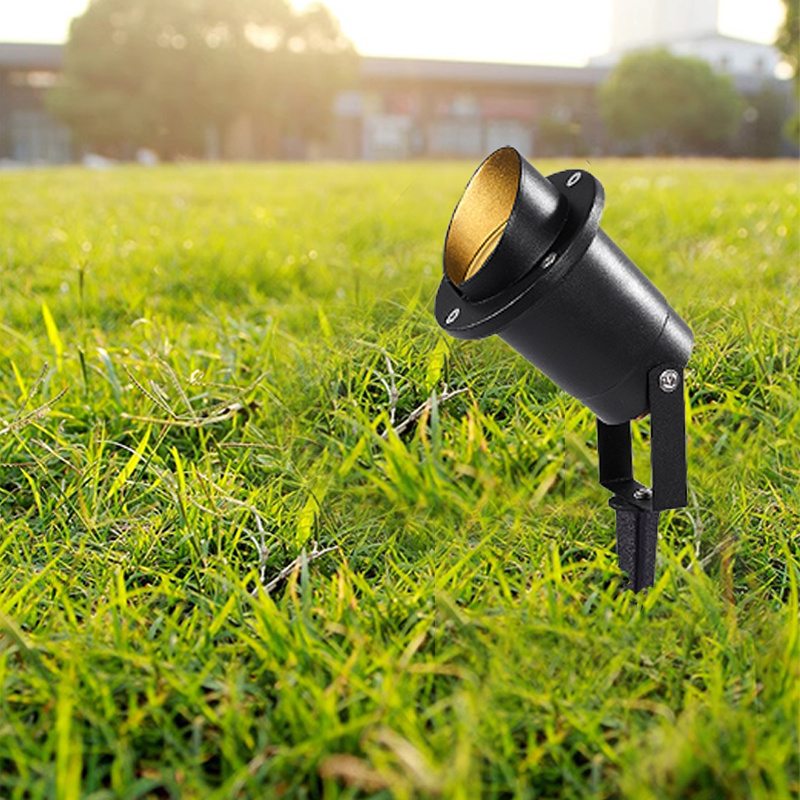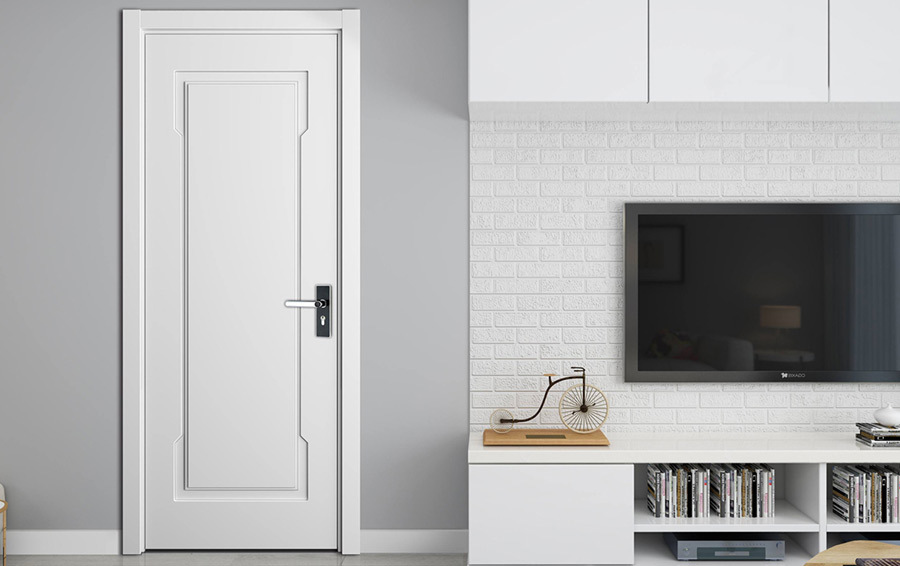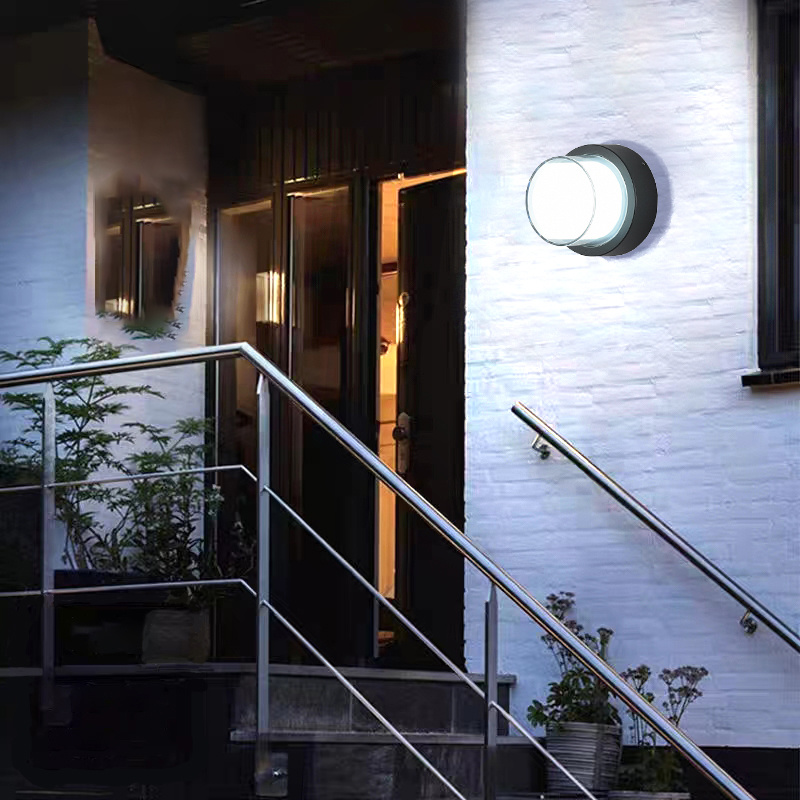language
English
العربية
বাংলাদেশ
Български
Hrvatski
Česky
Dansk
Nederland
 Esperanto
Esperanto
Slovenski
Filipino
Suomi
Français
Maori
 Shqiptare
Shqiptare
Georgian
 Euskara
Euskara
Deutsch
Ελλάδα
ישראל
इंडिया
Magyarország
Ísland
Indonesia
Irlanda
Italia
日本語
Sovensko
Հայաստան
한국
Kyrgyz
ປະເທດລາວ
 Zulu
Zulu
Latvian
Lithuanian
Luxembourgish
 Latinus
Latinus
Macedonian
Малайская
Maltese
Монгол улс
 Cymraeg
Cymraeg
ဗမာ
 தமிழ்
தமிழ்
नेपाल
Norge
ایران
Polska
Portugal
România
Российская
Србија
 Slovak
Slovak
Србија
 Slovak
Slovak
Bosanski
Slovenian
Беларус
España
Sverige
Точик
ประเทศไทย
Türk
Azərbaycan
Uzbek
 Afrikaans
Afrikaans
Việt Nam
How LED Wall Spots Contribute to Sustainable Outdoor Practices
Time:
2025-07-24
How LED Wall Spots Contribute to Sustainable Outdoor Practices
Table of Contents
- Introduction to LED Wall Spots and Sustainability
- The Energy Efficiency of LED Wall Spots
- Longevity and Durability: A Sustainable Choice
- Design Versatility: Enhancing Aesthetics and Sustainability
- Reducing Light Pollution with LED Wall Spots
- Cost Savings and Economic Benefits
- Case Studies: Successful Implementation of LED Wall Spots
- The Future of LED Technology in Sustainable Practices
- Frequently Asked Questions
- Conclusion: Embracing LED Wall Spots for a Sustainable Future
Introduction to LED Wall Spots and Sustainability
As society strides towards a more sustainable future, the importance of adopting eco-friendly practices in all aspects of life cannot be overstated. One area where significant improvements can be made is outdoor lighting. **LED wall spots** have emerged as a remarkable solution, marrying functionality with sustainability. These fixtures not only illuminate outdoor spaces but also significantly reduce energy consumption and environmental impact.
In this article, we will delve into the various ways **LED wall spots** contribute to sustainable outdoor practices. From their energy efficiency to their ability to reduce light pollution, we will explore how these lighting solutions are paving the way for greener outdoor environments.
The Energy Efficiency of LED Wall Spots
One of the most compelling reasons to choose LED wall spots is their **energy efficiency**. Traditional lighting solutions, such as incandescent and halogen bulbs, consume a considerable amount of energy. In contrast, **LEDs (Light Emitting Diodes)** utilize a fraction of that energy while providing the same, if not superior, brightness.
Studies show that LEDs can be up to **80% more efficient** than conventional lighting options. This translates into lower energy bills for homeowners and businesses alike. Additionally, the reduced energy demand leads to a decrease in fossil fuel consumption, thereby minimizing greenhouse gas emissions.
Installing LED wall spots not only benefits the environment but also supports the movement towards **renewable energy sources**. By reducing overall energy consumption, we can create a higher demand for clean energy solutions, which is essential for a sustainable future.
Benefits of Energy Efficiency
- **Lower Electricity Costs**: Significant savings on energy bills.
- **Reduced Carbon Footprint**: Contributing to a decrease in global warming potential.
- **Extended Usage**: Ideal for areas requiring long hours of illumination.
Longevity and Durability: A Sustainable Choice
Another significant advantage of **LED wall spots** is their impressive **lifespan**. While traditional bulbs may last around 1,000 hours, LEDs can last anywhere from **25,000 to 50,000 hours**, depending on the quality and usage. This longevity means fewer replacements, reducing waste and the frequency of disposal, which is crucial for promoting sustainable practices.
Moreover, LED technology is more durable than traditional lighting. LEDs are resistant to shock and vibration, making them an ideal choice for outdoor environments that face harsh weather conditions. Their robust nature ensures that they can withstand the elements, further reducing the need for replacements.
Environmental Impact of Longevity
- **Waste Reduction**: Fewer bulbs mean less waste sent to landfills.
- **Resource Conservation**: Less frequent manufacturing leads to decreased resource extraction.
- **Less Toxic Exposure**: Traditional bulbs often contain hazardous materials like mercury, which LEDs do not.
Design Versatility: Enhancing Aesthetics and Sustainability
LED wall spots are not only functional but also versatile in terms of design. They come in various styles, sizes, and colors, allowing homeowners and designers to create unique outdoor environments that reflect personal tastes while enhancing the surrounding landscape.
**Design flexibility** contributes to sustainability by enabling the effective use of light in outdoor spaces without the need for excessive fixtures. This optimizes illumination while minimizing energy consumption. Whether illuminating pathways, gardens, or architectural features, LED wall spots can be tailored to meet various aesthetic needs.
Creating Sustainable Designs with LED Wall Spots
- **Smart Lighting Controls**: Integrating timers and sensors to reduce energy waste.
- **Placement Strategies**: Strategically placing fixtures to maximize light coverage and reduce the number of fixtures needed.
- **Color Temperature Options**: Choosing warmer tones to enhance ambiance while reducing glare.
Reducing Light Pollution with LED Wall Spots
**Light pollution** is a growing concern in urban areas, disrupting ecosystems and impacting human health. **LED wall spots** can play a crucial role in mitigating this issue.
By directing light where it is needed and minimizing excess glare, LED fixtures help maintain the natural darkness of the night sky. The ability to adjust brightness and beam angles allows for targeted illumination, ensuring that light does not spill into unwanted areas.
Benefits of Reduced Light Pollution
- **Wildlife Protection**: Preserving natural habitats for nocturnal animals affected by artificial light.
- **Improved Human Health**: Reducing sleep disturbances caused by excessive nighttime illumination.
- **Enhanced Stargazing Opportunities**: Allowing communities to reconnect with the night sky.
Cost Savings and Economic Benefits
Investing in LED wall spots is not only an environmentally friendly choice but a financially savvy one. The initial cost of LED fixtures is often higher than traditional lighting, but the long-term savings quickly outweigh this initial investment.
**Cost savings** come from lower energy bills, reduced maintenance costs, and increased lifespan. For businesses, using energy-efficient lighting can lead to significant savings and even improve sustainability ratings, making them more attractive to environmentally conscious consumers.
Economic Impact of LED Adoption
- **Job Creation**: Growth in the LED industry and related sectors.
- **Energy Incentives**: Government programs and rebates for adopting energy-efficient technologies.
- **Property Value Increase**: Homes with sustainable features often command higher market prices.
Case Studies: Successful Implementation of LED Wall Spots
Real-world examples of successful implementations of LED wall spots underscore their effectiveness in promoting sustainable outdoor practices.
**Case Study 1: Urban Park Lighting Upgrade**
A city park replaced its outdated lighting with LED wall spots, resulting in a 70% reduction in energy consumption and a significant decrease in light pollution. Feedback from the community highlighted improved safety and aesthetics.
**Case Study 2: Commercial Building Facade Lighting**
A corporate office building upgraded its exterior lighting to LED wall spots, achieving a 50% reduction in energy costs. The project not only enhanced the building's appearance but also earned the company recognition for its sustainability efforts.
The Future of LED Technology in Sustainable Practices
The potential for **LED technology** continues to expand. Innovations in smart lighting, connectivity, and energy management systems are paving the way for even greater sustainability. The integration of IoT (Internet of Things) with LED wall spots will enable real-time monitoring and energy optimization, further enhancing their eco-friendly benefits.
As more individuals and organizations recognize the importance of sustainable practices, the adoption of LED wall spots will likely increase, driving advancements in technology and design.
Frequently Asked Questions
1. What are the main advantages of using LED wall spots for outdoor lighting?
LED wall spots offer energy efficiency, longevity, reduced light pollution, and design versatility, making them an environmentally friendly choice for outdoor lighting.
2. How much can I save on energy bills by switching to LED wall spots?
On average, LED wall spots can reduce energy bills by up to 80% compared to traditional lighting sources.
3. Are LED wall spots difficult to install?
No, LED wall spots are typically easy to install, and many come with detailed instructions. Hiring a professional is an option for complex setups.
4. Do LED wall spots require special maintenance?
LED wall spots require minimal maintenance due to their durability and long lifespan, making them a convenient lighting option.
5. How do LED wall spots contribute to reducing light pollution?
LED wall spots allow for targeted lighting and reduced glare, helping to maintain the natural darkness of the night sky.
Conclusion: Embracing LED Wall Spots for a Sustainable Future
The integration of **LED wall spots** into outdoor lighting practices is a powerful step toward achieving sustainability. By prioritizing energy efficiency, durability, and design versatility, we can create outdoor spaces that are not only beautiful but also environmentally responsible.
As we move forward, embracing LED technology in outdoor lighting will play a critical role in enhancing our surroundings while reducing our ecological footprint. The shift towards sustainable practices is not just a trend; it is a necessity for the well-being of our planet. By choosing LED wall spots, we make a commitment to a brighter, greener future.













